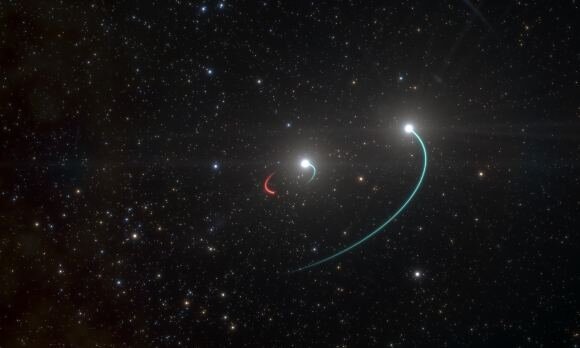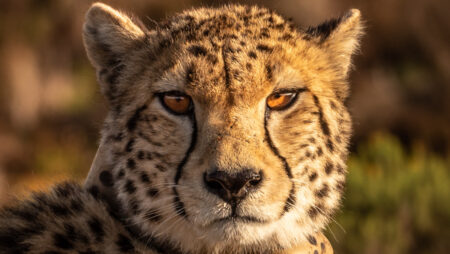This is the Era of Space Exploration and black holes, habitable planets, and extra-terrestrial creatures are one of many few words that make space lovers happy.

Milky Way: Milky Way is the galaxy that contains our solar system containing many Sun-like stars and black holes, having its name describing how it looks from Earth. The Milky way is practically just stars, dust, and gases. Now, Black holes in our galaxy, are very mysterious and fascinating to us.
Black holes were first introduced to us by Karl Schwarzchild in 1916, soon after, other astronomers and scientists found out how black holes affect celestial bodies.
Black Holes and History

In 1916, when Karl Schwarzchild introduced the theories about the existence of black holes. And later, in 1980, scientists studied Supermassive black holes (SMBHs) which reside in some of the biggest galaxies in our universe.
By,2019 the Event Horizon Telescope (EHT) released the very first image of an SMBH otherwise known as a Supermassive Black Hole.
These observations are basically to test and see the laws of physics under some of the most severe conditions and to provide views on the vast knowledge that created the universe.
There are a few types of Black holes Stellar, Intermediate, Supermassive, and Miniature. Kareem El-Badry, a Harvard Fellow, explained that these observations are a part of a larger campaign to identify dormant Black Holes with normal stars in our galaxy.
Dormant Black holes, or Dormant Stellar-Mass holes, are formed when massive stars reach the end of their lives, and they are difficult to spot since they usually don’t interact much with their surroundings.
According to scientists, this is usually because they are parallel to other black holes, except that the Dormant ones don’t emit high levels of X-ray radiation like the normal ones.
Kareem El-Badry said, “I’ve Been Searching for Dormant Black holes for the past 4-years while using a Wide range of datasets and methods.”
He further added, “My Previous works turned up a diverse menagerie of binaries and that disguise as Black Holes, but this is the first time, my search has borne fruit.”
Sun-like Star: Orbital Characteristics

A Research Team relied on ESA’s Gaia Observatory data to observe a Sun-like Star with orbital-like properties. Due to the nature of Black holes orbit, the team recognized the Sun-like Star as its Binary System.
This Dormant black hole with Sun-Like Star is said to be the closest black hole to our solar system and this implies that there are chances of sizable Black Holes in the galaxy maybe even more Black holes with Sun-Like stars around their orbits.
Sun-like Star was found orbiting a dark object around (G =13.8; d= 480pc), which was later identified as a black object.
Based on the distance distribution of Sun-like stars and the outburst of properties known as BH- X-ray binaries, it has been estimated that the order 10³ exists in the Milky Way.
This study was led by Kareem El-Badry, Harvard astrophysicist with the Harvard-Smithsonian Center for Astrophysics (CFA) and Max plank institute for astronomy (MPIA). They were later joined by Caltech, UC Berkeley, The Weizmann Institute of Science, The Observation de Paris, MIT’s Kavli Institute for astrophysics and Space Research, and multiple universities.
The paper shows the findings and was published in Monthly Notices of the Royal Astronomical Society (RAS). The analysis led by Kareem and team with Gaia Observatory discovered a G-type (yellow star) also known as Sun-Like Star located at Gaia DR3 with a huge number after the DR3, for more research purposes about the Black hole with a star orbiting around it was re-designated it at Gaia Bh-1.
(With inputs from Multiple Media Outlets)
Read more at :- Glacier melting













